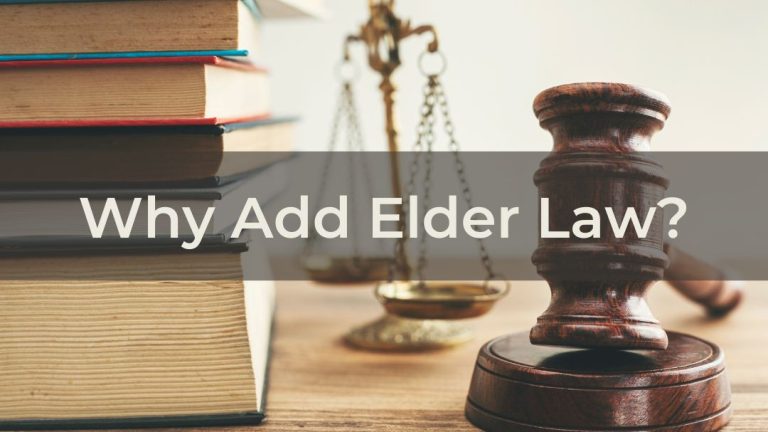Medicaid Compliant Annuity Strategies for Single Clients

When purchasing a Medicaid Compliant Annuity (MCA) for a single person, the strategies are much different from those used for a married couple. In addition to single people having a significantly less resource allowance for Medicaid, the income from the MCA is vulnerable to paying the nursing home. Despite these limitations, your single clients can still preserve some of what they have left. Here’s an overview of the MCA strategies for your cases involving single clients.
The Gift/MCA Plan
The Gift/MCA Plan is the most popular strategy for a single person. The goal of this strategy is to intentionally make a divestment in the form of a wealth transfer to the client’s intended heir(s), thus triggering a penalty period. The client then uses their remaining assets to purchase an MCA and use the MCA payments to privately pay for care during the penalty period. The MCA term is structured to be congruent with the penalty period, so the annuity contract is terminated at the same time the penalty period ends. Meanwhile, the divested funds are protected from recovery by the state Medicaid agency and preserved for the next generation.
The Gift/MCA Plan Process
- Create a wealth transfer by gifting funds to a loved one.
- Use the remaining spend-down amount to purchase an MCA.
- Apply for Medicaid benefits.
- The divestment triggers a penalty period of ineligibility.
- Use the MCA payments to privately pay for care during the penalty period.
Gift/MCA Plan Calculations
When you work with Krause, you can take advantage of our unique, proprietary formula to determine the maximum possible divestment amount that leaves enough funds for the MCA and subsequent payments without exceeding the client’s income limit. The wealth transfer typically ends up being about half of the spend-down amount. If you have a client who may benefit from the Gift/MCA Plan, we will provide these calculations at no charge and with no obligation to proceed.
Considerations When Using the Gift/MCA Plan
As with any MCA strategy, using the Gift/MCA Plan has a few caveats.
- If the individual passes away before the end of the penalty period and annuity term, they will not have gained any economic benefit, since they will have been privately paying for care during that time.
- Some states enforce income restrictions that repress the use of the Gift/MCA strategy. In these cases, you can utilize the Standalone MCA Plan for your single clients.
Click here to view a case study of a Gift/MCA Plan.
The Standalone MCA Plan
If your single client has limited longevity and is expected to pass away soon or if the Gift/MCA Plan is not viable in your state, your client may benefit from using the Standalone MCA Plan. With this strategy, the individual funds their full spend-down amount into a Medicaid Compliant Annuity. This quickly eliminates their excess countable assets and immediately qualifies them for Medicaid benefits. However, the payments from the annuity will become part of their monthly Medicaid co-pay to the nursing home. To minimize these payments, we recommend structuring the MCA term using the client’s full Medicaid life expectancy.
Read More: How to Know When a Client Is a Good Fit for an MCA
How Does the Standalone MCA Plan Work?
Once the individual begins receiving benefits, the state Medicaid agency will pay the nursing home its Medicaid Reimbursement Rate. Although this rate varies by state and facility, it is significantly lower than the private pay rate. When the individual passes away, the state Medicaid agency, as primary beneficiary of the MCA, can recover against the contract to the extent of benefits paid on behalf of the individual. After the state Medicaid agency has made its claim, any remaining funds will pass to the contingent beneficiary, which is the client’s intended heir(s).
The Standalone MCA Plan Process
- Fund the entire spend-down amount into an MCA structured over the client’s full Medicaid life expectancy.
- The MCA payments become part of their Medicaid co-pay, while the state Medicaid agency pays the Medicaid Reimbursement Rate to the nursing home.
- Upon the individual’s death, the state Medicaid agency can recover up to the amount of funds expended on their behalf.
- The remaining MCA funds then go to the contingent beneficiary, the individual’s intended heir(s).
The Economic Benefit of the Standalone Plan
The economic benefit of the Standalone MCA Plan hinges on the lifespan of the Medicaid recipient. In other words, the longer the individual lives, the fewer residual benefits are available for the contingent beneficiary. Therefore, the success of this strategy cannot be guaranteed.
Click here to view a case study of a Standalone MCA Plan.
If you’re not sure which MCA strategy is right for your single client, contact our office to discuss your case with us!

As Content Marketing Specialist, Katie drafts and edits content across multiple platforms, including blogs, emails, white papers, videos, brochures, website pages, and more. She conducts research and gathers up-to-date information to keep our clients well-informed.



